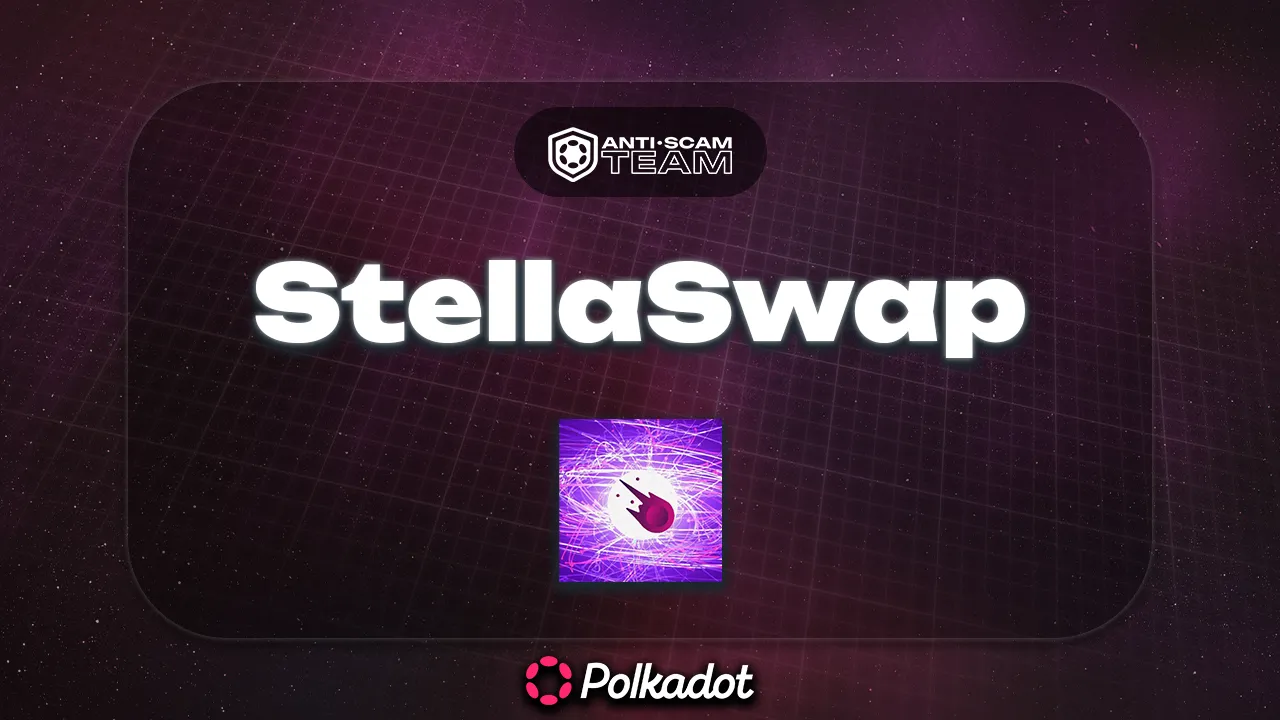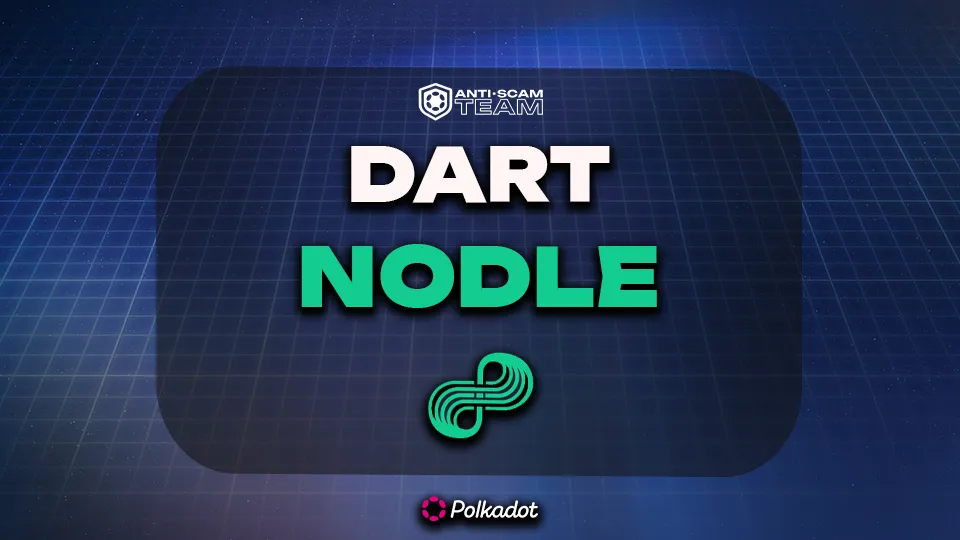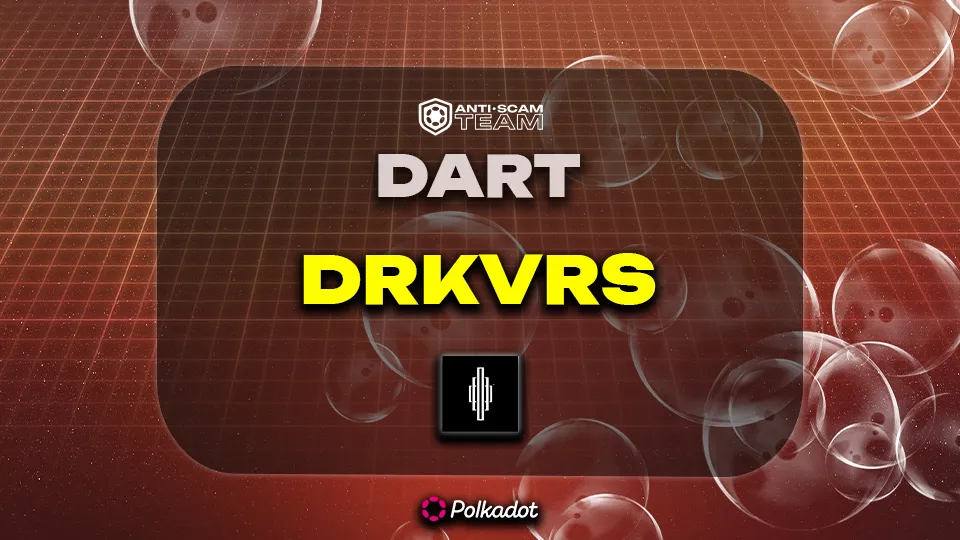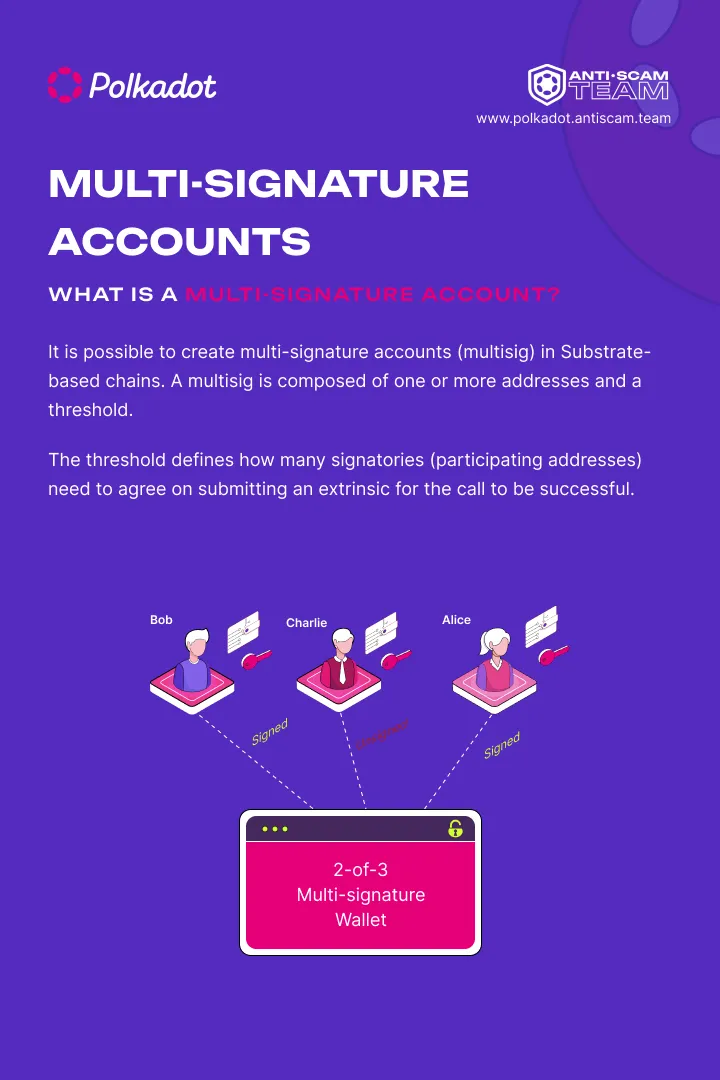StellaSwap operates as a decentralized exchange (DEX) on the Moonbeam parachain within the Polkadot ecosystem, aiming to address the prevalent liquidity challenges in the DeFi space. Through its unique combination of automated market-making (AMM), liquid staking, and cross-chain bridging, StellaSwap stands out as a comprehensive solution for users seeking decentralized financial services. This case study delves into the Digital Assets Risk and Trustworthiness (DART) assessment of StellaSwap, providing a thorough analysis of its strengths, risks, and overall performance.
Read the full DART document about Stellaswap.
Stellaswap Project Overview
StellaSwap is positioned as a DeFi protocol with a strong emphasis on decentralized governance, powered by its native token, STELLA. The platform enables users to trade assets non-custodially on the Moonbeam network, leveraging low fees and competitive pricing to incentivize liquidity provision. The protocol’s integration with Moonbeam’s Ethereum-compatible smart contracts further enhances its interoperability, allowing seamless deployment of Ethereum-based projects on Polkadot.
The project is backed by a team of anonymous developers with notable experience in cybersecurity, smart contracts, and fintech. While the anonymity of the team members aligns with the decentralized ethos of the platform, it introduces challenges in verifying their credentials and track record. Despite these concerns, the StellaSwap team has undergone KYC verification by Moonbeam’s leadership, adding a layer of trustworthiness to the project.
Key Components of the Stellaswap DART Evaluation
- Team and Governance:
- Team Composition: The StellaSwap team, although anonymous, includes individuals with significant experience in leading cryptocurrency exchanges and developing smart contracts. The presence of pseudonymous identities, such as M0xA, M0x7, and M0xZ, highlights their roles in engineering, product development, and UI/UX optimization.
- Governance: StellaSwap’s governance model is decentralized, with STELLA token holders playing a crucial role in decision-making processes. This model encourages community engagement and fosters a sense of ownership among users. However, the anonymity of the team and the lack of publicly named advisors pose challenges in independently verifying the strategic guidance behind the project.
- Technology and Code Quality:
- Open-Source Development: StellaSwap’s code is publicly available on GitHub, promoting transparency and community engagement. The project exhibits moderate to high activity levels on GitHub, with frequent commits indicating ongoing development. However, the absence of pull requests highlights a potential gap in collaborative coding practices, which are essential for maintaining code quality.
- Technology Stack: StellaSwap employs a diverse range of programming languages, including JavaScript, TypeScript, Solidity, and Python, catering to both front-end and back-end development needs. This comprehensive approach ensures that the platform is well-equipped to handle the various technical requirements of a DeFi protocol.
- Community and Social Media Presence:
- Community Engagement: StellaSwap boasts a strong presence on social media platforms, particularly on X (formerly Twitter), with over 42,000 followers and significant engagement. The platform’s Discord server also shows high activity, though the absence of an official Telegram group raises concerns about the potential for misinformation and scams.
- Quality of Interactions: The interactions within StellaSwap’s community are generally positive, with administrators actively engaging with users. The presence of a dedicated scam-alert channel on Discord underscores the platform’s commitment to community safety, though it also highlights the frequency of scam attempts.
- Business Model and Strategic Alignment:
- Revenue Generation: StellaSwap’s business model revolves around generating sustainable revenue through trading fees and liquidity incentives. The platform’s alignment with Moonbeam’s trajectory within the Polkadot ecosystem positions it well to capitalize on the growing DeFi market.
- Strategic Risks: The complexity of decentralized governance, coupled with regulatory uncertainties surrounding DeFi, presents challenges for StellaSwap’s long-term success. The platform’s reliance on user engagement for governance decisions may also pose risks if community participation wanes.
Stellaswap Conclusion and Risk Assessment
StellaSwap is a promising DeFi platform with a strong focus on decentralized governance, liquidity provision, and interoperability. While the platform exhibits several strengths, including a robust business model and active community engagement, it also faces notable risks. The anonymity of the team, coupled with concerns about community safety and collaborative coding practices, places StellaSwap in the Moderate-Low Risk category.
For potential investors and users, it is advisable to closely monitor developments within the StellaSwap ecosystem, particularly improvements in code quality, community engagement, and transparency. Continued proactive communication from StellaSwap will be crucial in mitigating risks and enhancing its position in the competitive DeFi landscape.
Final Remarks
The DART evaluation of StellaSwap provides valuable insights into the project’s strengths and areas for improvement. As the DeFi space continues to evolve, StellaSwap’s ability to navigate these challenges and capitalize on its strategic advantages will determine its success in the long run.




